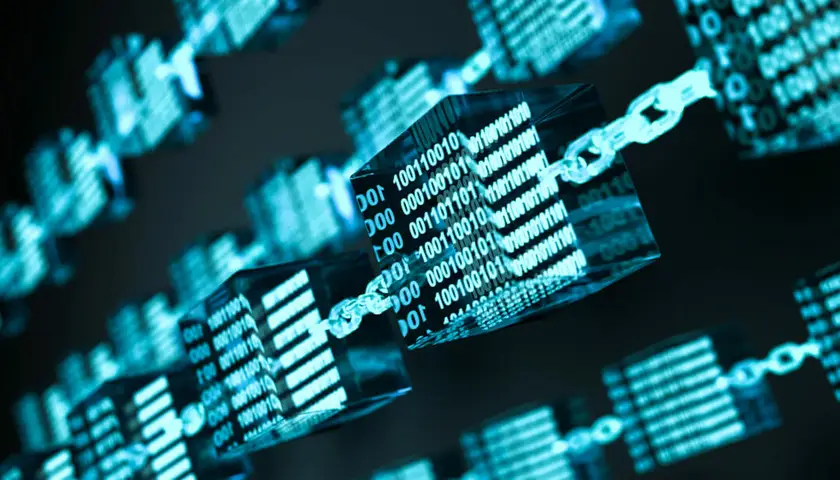In the digital age, when the number of investors is growing daily, knowing how to choose a cryptocurrency wallet correctly becomes the foundation of financial security. Mistakes in selection can result in complete loss of funds and compromise of private keys. That is why it is worth understanding the main selection criteria in advance and focusing on proven security methods.
The importance of a conscious approach to asset storage: how to choose a cryptocurrency wallet correctly?
Every investor who seeks to understand how to choose a cryptocurrency wallet correctly should remember that the cryptosphere is full of risks. Hackers use complex algorithms, fake applications, and malicious extensions. One careless action or negligence in password storage can lead to an instant balance reset.

The key task for the owner of digital assets is to create a multi-level security system. It starts with a thoughtful selection of a wallet and ends with monitoring firmware updates. Let’s consider the main criteria for choosing a cryptocurrency wallet.
#1. Device type and storage technologies
One of the main criteria is determining which cryptocurrency wallet to choose based on the device. Hardware solutions like Ledger or Trezor have an isolated chip and store keys offline. Software options are more convenient for daily operations but require enhanced security measures.
When deciding how to choose a cryptocurrency wallet correctly, consider this: the fewer internet connections, the higher the security level!
#2. Multicurrency support and exchange operations
Many investors plan to work with different tokens. It is important to check if the wallet supports storage of multiple currencies. Integration with exchanges and exchangers is especially relevant.
When evaluating applications and devices, pay attention to whether it is possible to conduct transactions directly through the wallet interface without constant fund transfers.
#3. Encryption level and privacy control
When deciding how to choose a cryptocurrency wallet correctly, it is necessary to clarify what encryption technologies the manufacturer uses. Modern devices use AES-256 algorithms to protect keys from hacking.
A quality application always offers two-factor authentication, PIN code protection, and the option to lock the device in case of suspicious activity.
#4. Brand reputation and code audit: the safest cryptocurrency wallets
Trust in the manufacturer plays a crucial role. To find out where to store cryptocurrency without risk, study company reviews and ensure that the source code has undergone an independent audit.
Reputation is confirmed by the presence of open vulnerability reports, cooperation with major exchanges, and recommendations from professional traders.
#5. Access recovery capability
A common mistake of many beginners is ignoring the recovery function. In case of device or password loss, the only way to recover assets is through a seed phrase.
When considering how to choose a cryptocurrency wallet correctly, prefer solutions with a convenient backup creation mechanism and access recovery without being tied to a single device.
#6. Compliance with legislation and regulation
Studying legal aspects becomes an important part of wallet selection. In some countries, legislation requires declaring income from digital assets and reporting transactions.
For those seeking an answer on how to choose a cryptocurrency wallet correctly, it is important to ensure that the service or device supports exporting transaction history and generating reports for tax authorities.
#7. Cost and storage strategy
The choice of a wallet always depends on budget and goals. For storing large sums, a hardware solution is recommended, while mobile applications are suitable for small transfers.
When making a decision on how to choose a crypto wallet, consider that saving on the device can lead to colossal losses in the future.
Important interface features and functions
To decide how to choose a cryptocurrency wallet correctly, it is recommended to assess the following characteristics:
- availability of a user-friendly interface and availability in Russian;
- ability to back up the seed phrase without an internet connection;
- support for multi-signatures to increase security level;
- integration with popular exchanges and exchangers;
- regular firmware and application updates;
- compatibility with mobile devices and computers;
- availability of official support and detailed documentation.
All these criteria help avoid unpleasant situations and simplify the management of crypto assets.
List of risks and threats to consider
Below are the main dangers threatening the security of digital assets:
- phishing sites and fake applications collecting private keys;
- vulnerabilities in old versions of software;
- use of public Wi-Fi networks to access wallets;
- lack of backup and inability to recover access;
- storing seed phrases openly on a computer;
- low encryption level during data transmission;
- lack of two-factor authentication and PIN code.
Ignoring risks can lead to loss of funds with no possibility of recovery!

Conclusion
Understanding how to choose a cryptocurrency wallet correctly allows you to create a reliable storage infrastructure. The security of digital assets is based on seven factors: device type, multicurrency support, encryption, reputation, recovery functions, compliance with legislation, and price.
Only a comprehensive approach enables protecting funds from hackers and risks of the cryptosphere, ensuring the owner’s peace of mind and asset preservation!







 Bank transfers, clearing, settlement, and insurance are processes that can be automated. Blockchain technologies in the financial sector allow transactions to be verified instantly, eliminate the need for intermediaries, and reduce settlement time. The average time for an interbank transfer is reduced from two days to three minutes. Settlement between countries is possible without a single currency and without dependence on exchange rates.
Bank transfers, clearing, settlement, and insurance are processes that can be automated. Blockchain technologies in the financial sector allow transactions to be verified instantly, eliminate the need for intermediaries, and reduce settlement time. The average time for an interbank transfer is reduced from two days to three minutes. Settlement between countries is possible without a single currency and without dependence on exchange rates. Digital progress is irreversible. The areas of application for blockchain technology continue to expand, replacing obsolete mechanisms. At the same time, the main emphasis is shifting from the exotic to the practical. Transparency, security, speed, and automation are not slogans, but functional characteristics. Industries where the price of mistakes is measured in human lives, billions of dollars, and reputation are choosing decentralisation as a guarantee of accuracy. Blockchain is moving from a concept to a tool, from an experiment to a standard. The future of distributed systems is already here. It has already been integrated into the registry, included in the contract, and fixed in the block.
Digital progress is irreversible. The areas of application for blockchain technology continue to expand, replacing obsolete mechanisms. At the same time, the main emphasis is shifting from the exotic to the practical. Transparency, security, speed, and automation are not slogans, but functional characteristics. Industries where the price of mistakes is measured in human lives, billions of dollars, and reputation are choosing decentralisation as a guarantee of accuracy. Blockchain is moving from a concept to a tool, from an experiment to a standard. The future of distributed systems is already here. It has already been integrated into the registry, included in the contract, and fixed in the block.